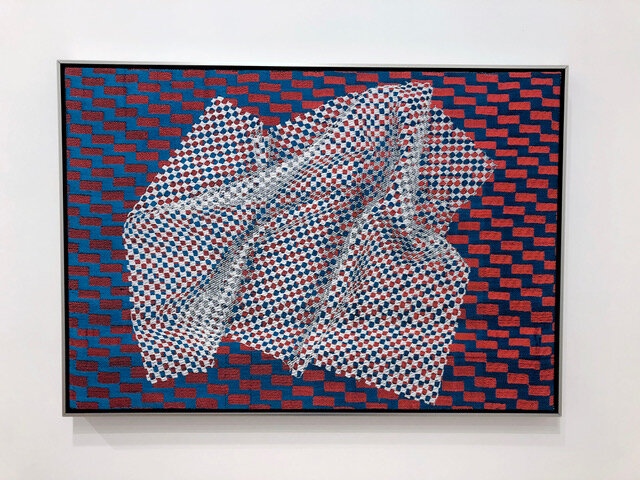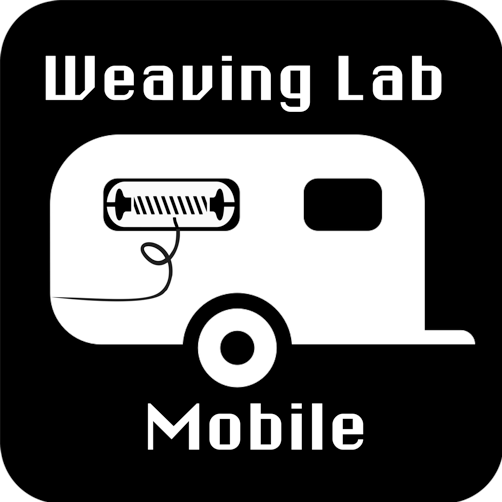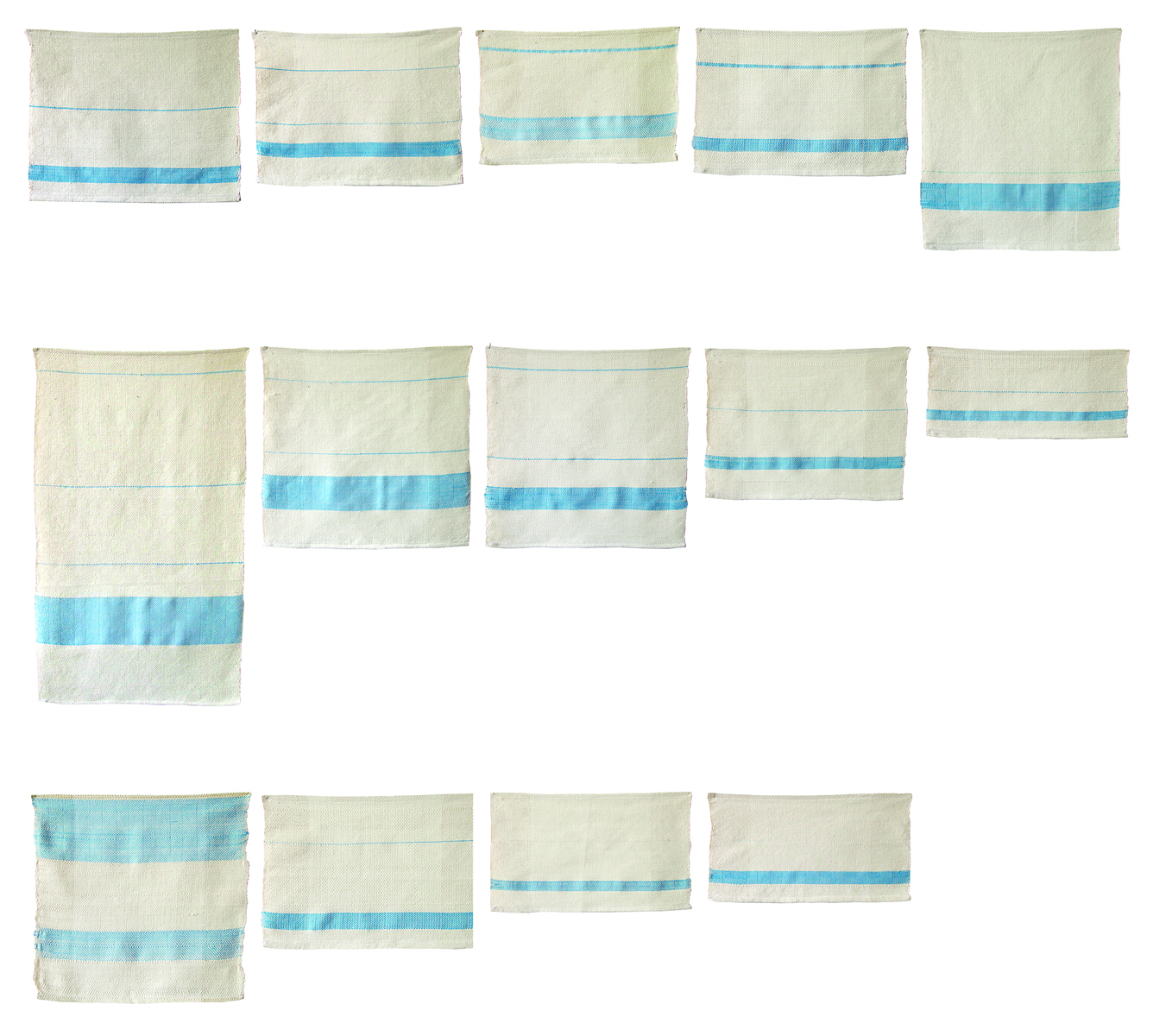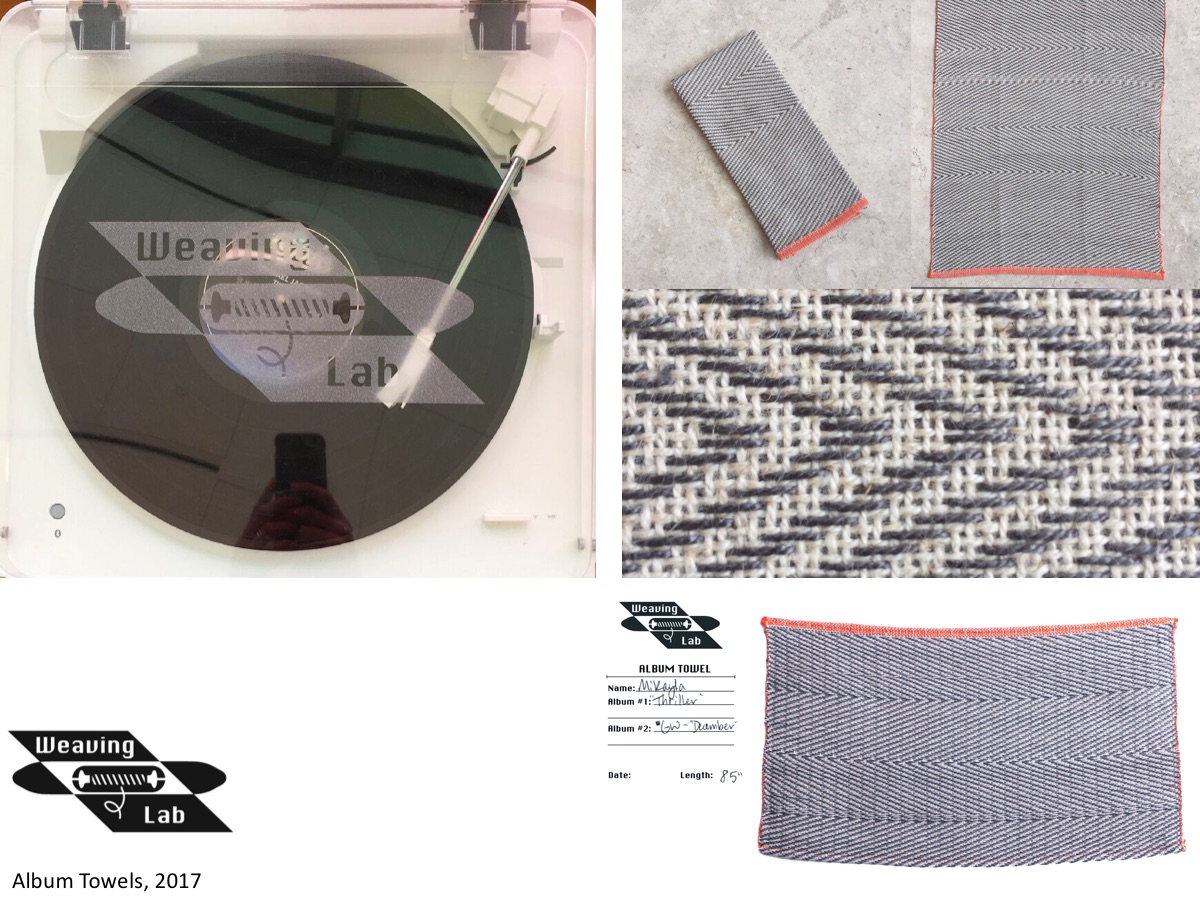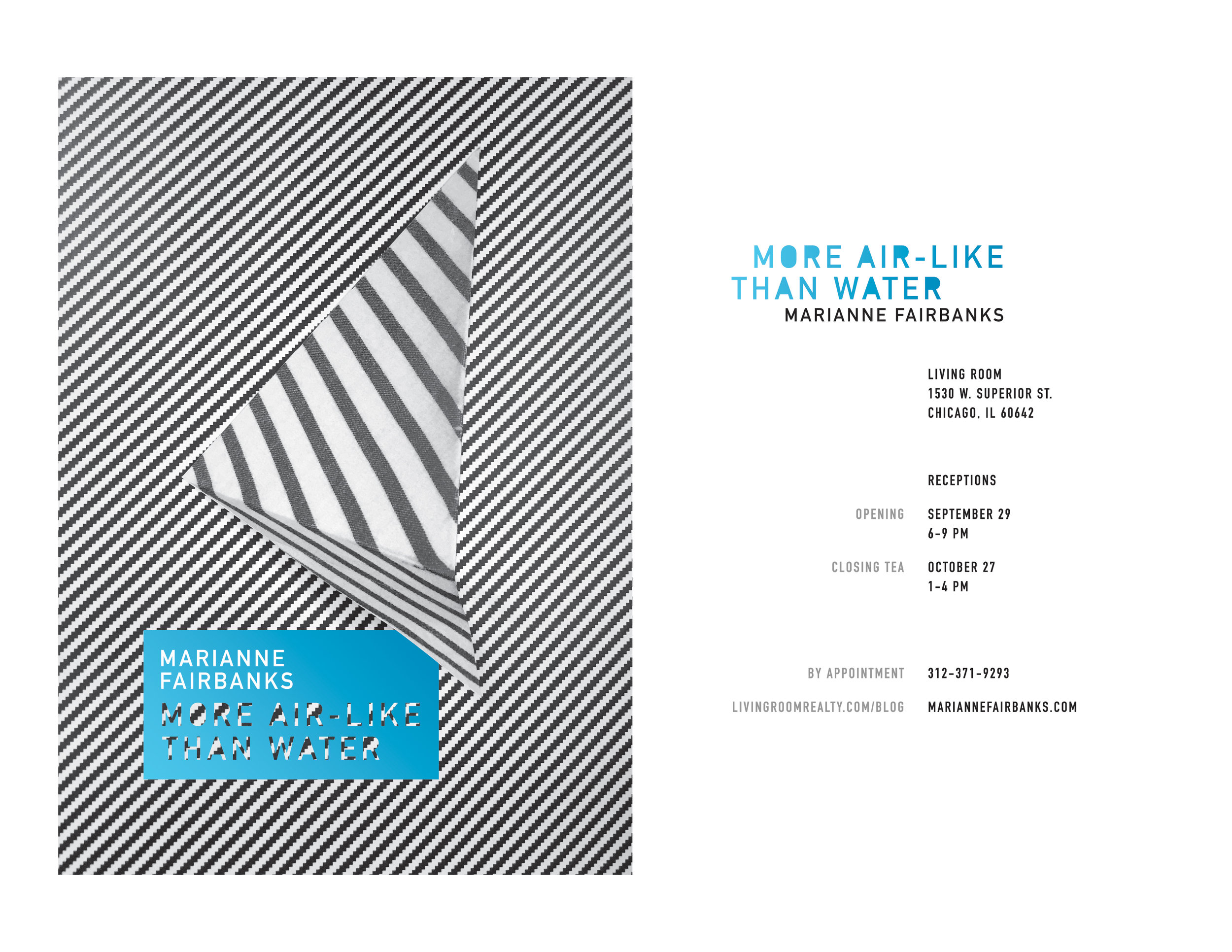This exhibition is included with Lin Lecheng, Hong Xingyu, Yue Song, Jin AnSha, Gao Jing and
Lu Gi, Wu Fan, Ren Guanghui, Li Hui, Xie Yong, Yang Jing, Li Wei, Wang Jian, Zeng Qiaoling,
Shi Jindian, Gu Yue, Jia Zijian, Jiang Yunge, Huang Yan, Guo Yaoxian, Wang Lei from China,
and Andrea Alonge, Danielle Andress, Jennifer Angus, Liz Collins, Lia Cook, Annet Couwenberg,
Jessica Dolence, Marianne Fairbanks, Marcie Miller Gross, Jane Lackey, Mi-Kyoung Lee,
Abbie Miller, Mark Newport, Rowland Rickett, Warren Seelig, Piper Shepard, Heather Ujiie,
Tali Weinberg, Anne Wilson, Jayoung Yoon from the United Sates.
Lia Cook, Anne Wilson, Mark Newport, Lin Lecheng, Ren Guanghui, and Li Hui as well as
Mi-Kyoung Lee and Yue Song will be presenters for the symposium event.
This project is sponsored by the Beijing Culture and Art Fund, and hosted by Tsinghua
University in Beijing and The University of the Arts in Philadelphia. The curators would like
to thank Surface Design Association, American Crafts Council, CraftNOW Philadelphia, and
European Textile Network, Zhuang Shi as well as many other media and broadcasting resources
in China and Europe to support this event. fibertechart.ad.tsinghua.edu.cn
Please contact Mi-Kyoung Lee at mlee@uarts.edu for any further questions.













